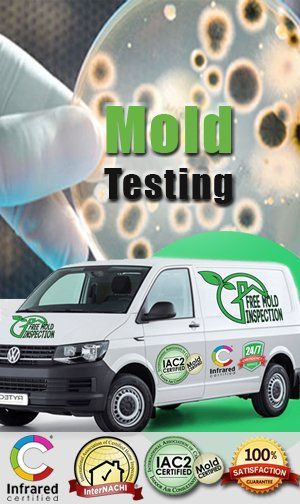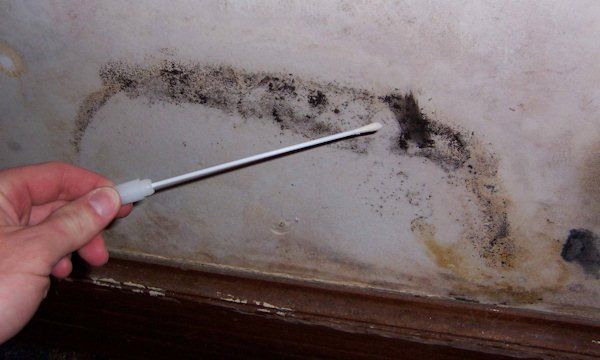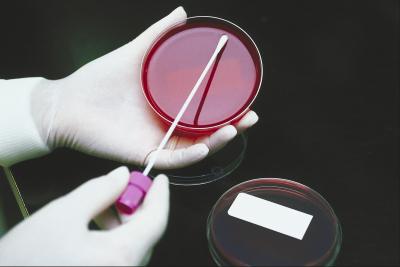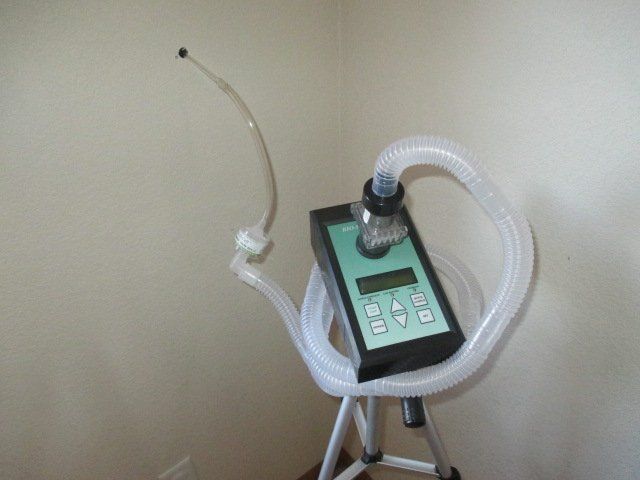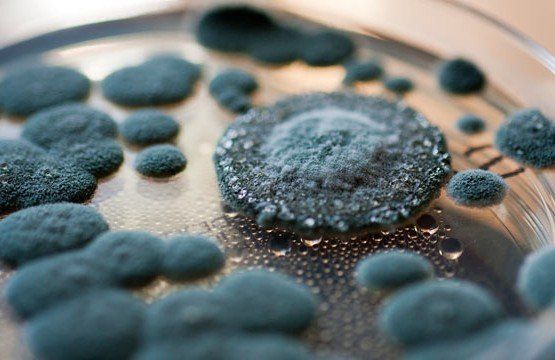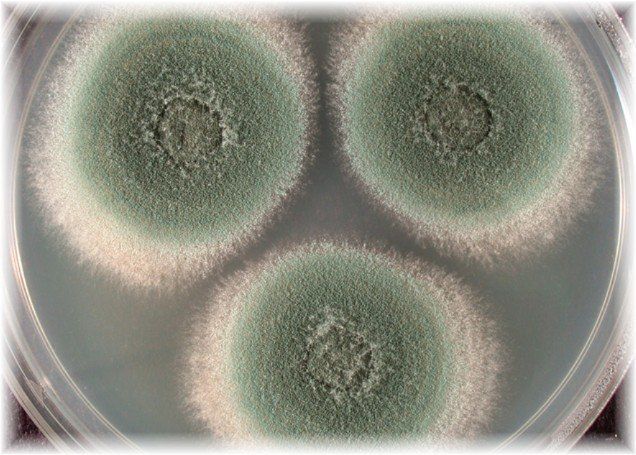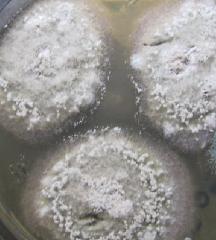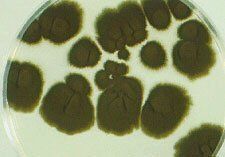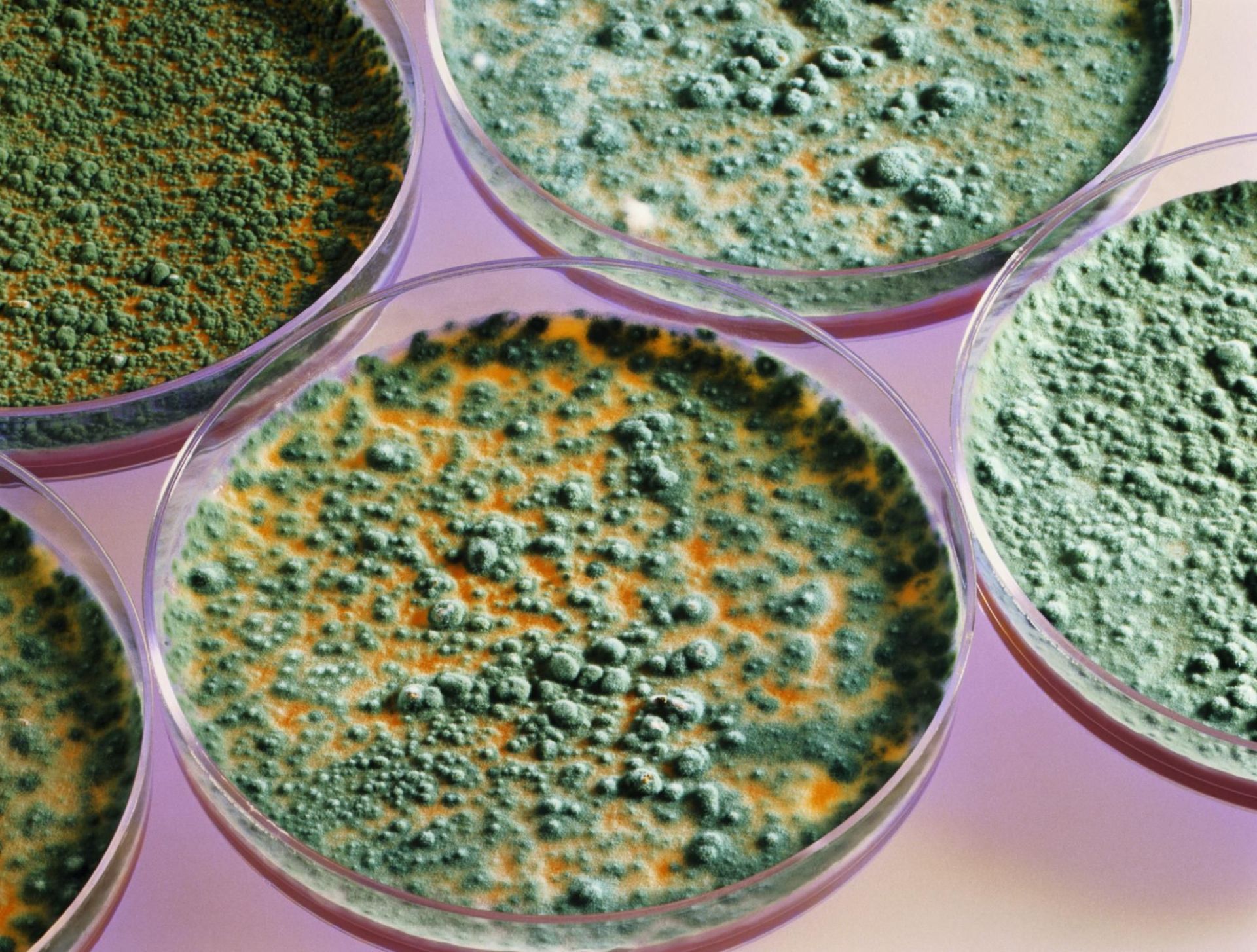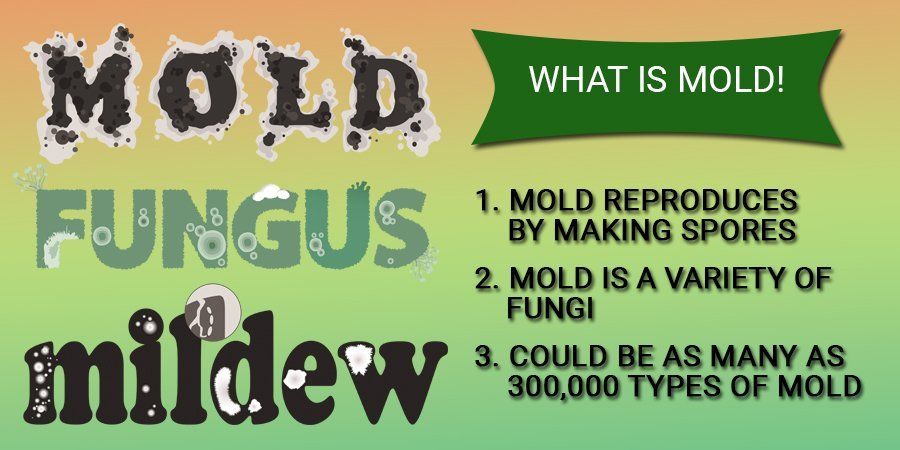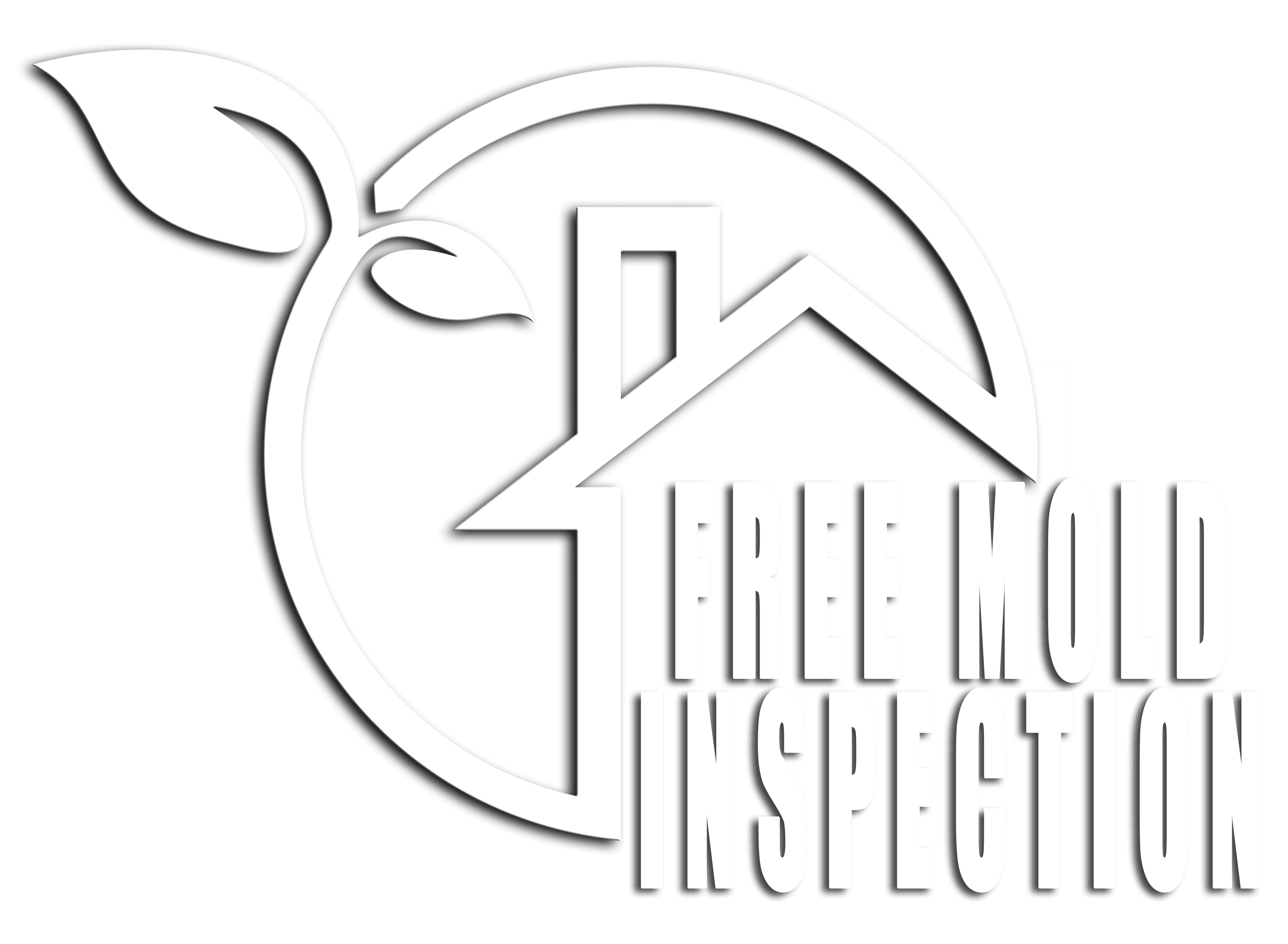Mold Testing
Got Mold? We Provide Mold Testing
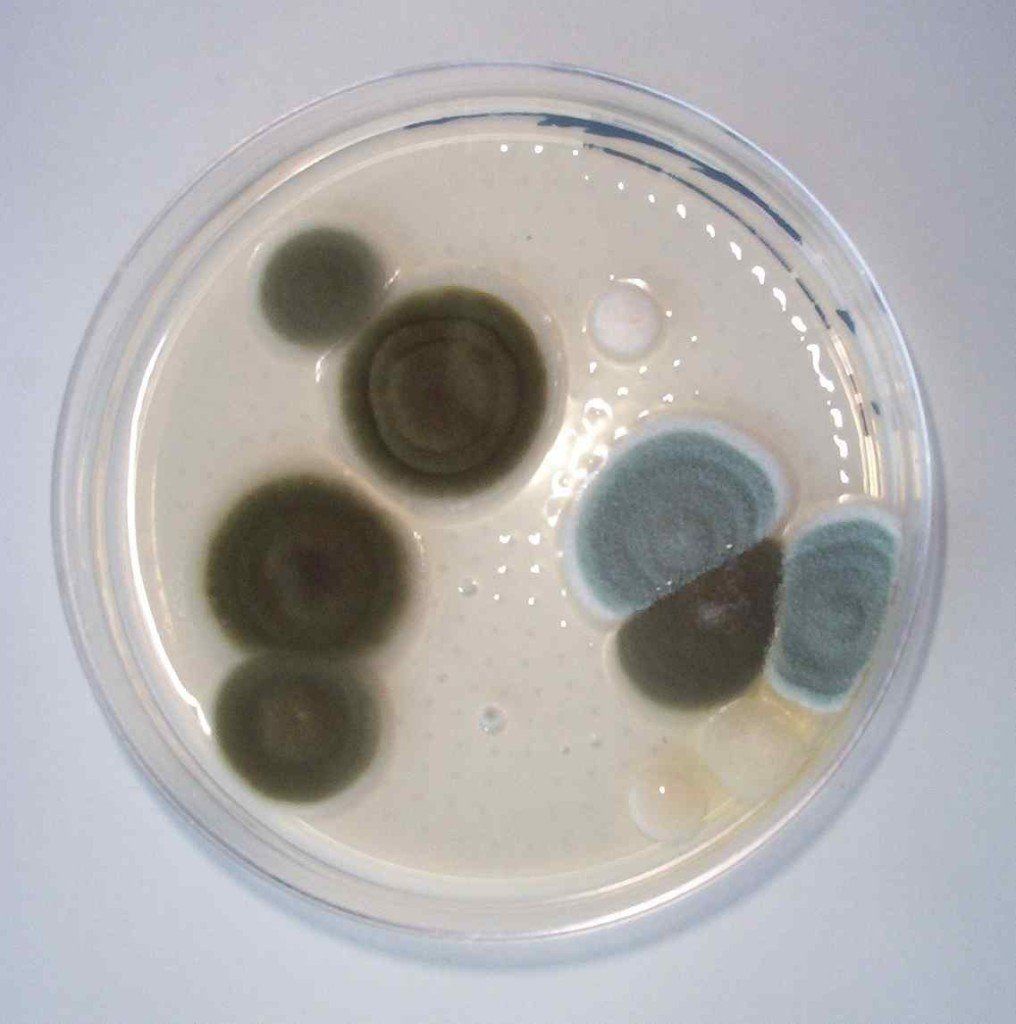
🦠 Why Choose Us for Mold Testing?
🦠 Certified to work with ALL major insurance companies
🦠 Licensed, Bonded, Certified and Insured
🦠 State of the Art Equipment
🦠 Always speak to a live person
🦠 Owner Operated – Personal Service
🦠 Available 24 hours a day, 7 days a week
🦠
ICRC Certified Firm

866-770-8730
GET A FREE MOLD INSPECTION NOW
Certified Mold Testing
If we find mold with our FREE Mold Inspection the next step will be to gather evidence in the form of lab tests from air and surface mold tests.
There are two basic types of mold testing, air samples and surface swab samples. Air samples taken with spore traps are useful in detecting mold from hidden areas such as behind walls or behind baseboards. These samples are then compared to a baseline taken from an outside source. These reports make it possible to determine if your building is within safe legal binding levels.
By knowing what is normal for any given area, we can determine if your situation is safe or if you need mold remediation. When mold is visible, we simply use Surface swabs. Swabs are recommended since several types of mold, including black mold are very toxic and can cause great illness. Especially to those with breathing problems are affected.
Before ordering mold testing it is a good idea to have a mold removal professional do an inspection. Many times a test may not be needed and our FREE Mold inspections could save you a few hundred dollars in wasted money.
While many types of mold are toxic, it is also important to remember that not all molds are dangerous. Some types of household mold are non-toxic and do not require any special cleaning methods. Our basic mold test can determine that the mold you are experiencing is dangerous or if it is something you can clean yourself. This is something a mold remediation company may or may not tell you. Of course most mold remediation companies are ethical and would be truthful, but why not look at all the options and save money on something you can do yourself. Another way we can save money is by narrowing down what area need to be treated. The smaller the area, the lower the bill will be.


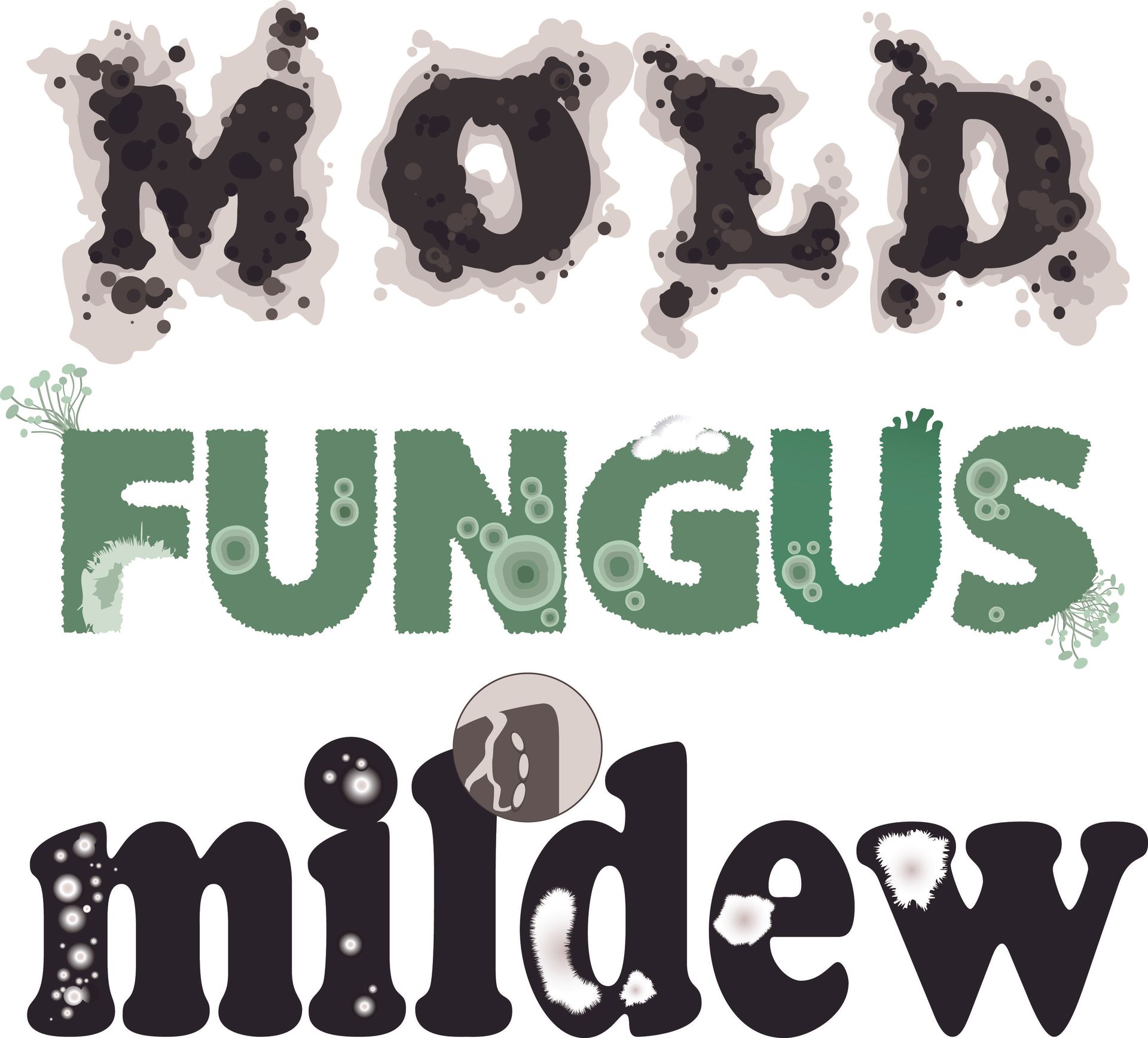
MOLD Types

Contact Us
These are just some of the insurance companies we work with!

Don't Delay! Mold growth could cause serious health issues!
